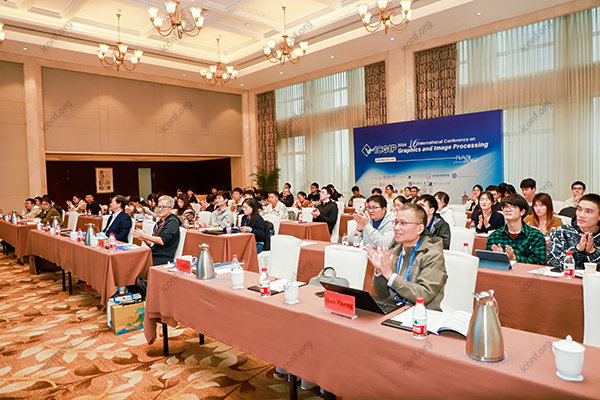As global environmental and energy challenges evolve, geophysics remains a critical field for understanding Earth's structure and supporting sustainable development. Academic calls for papers (CFPs) provide essential channels for researchers to publish findings, share innovative methodologies, and collaborate internationally.

Researchers in geophysics are encouraged to contribute original papers that advance understanding in areas such as:
Seismic imaging and tomography
Environmental and engineering geophysics
Earthquake modeling and geodynamics
Magnetotellurics and electromagnetic methods
Remote sensing and subsurface exploration
A reliable way to discover CFPs in geophysics is through academic conference platforms that centralize verified submission opportunities. One such platform is iconf.org, which curates international academic events across scientific fields.
At iconf.org, you can:
Filter calls by discipline, such as Geophysics, Earth Sciences, and Environmental Technology
Track important submission deadlines without browsing multiple sources
Access updated CFP information suitable for researchers, faculty, and PhD students
Stay compliant with peer-reviewed publishing standards by selecting credible academic venues
✅ Increase your research exposure in global scientific communities
✅ Receive peer-reviewed recognition for your methodologies and data
✅ Engage with cutting-edge advancements in applied geophysical technologies
✅ Build international collaborations with scholars across universities and institutes
✅ Support your academic promotion and funding applications through quality publications
Select the right theme: Align your abstract with the focus areas mentioned in the CFP.
Structure your manuscript clearly: Include background, methods, results, and conclusions.
Use high-quality data visualization: Figures and tables improve clarity and reviewer acceptance.
Follow the formatting guidelines strictly to avoid desk rejection.
Include citations from recent, high-impact journals in geophysics and earth sciences.
For researchers and professionals seeking to publish in 2025, now is the time to engage with geophysics CFPs and make your mark in the academic landscape.